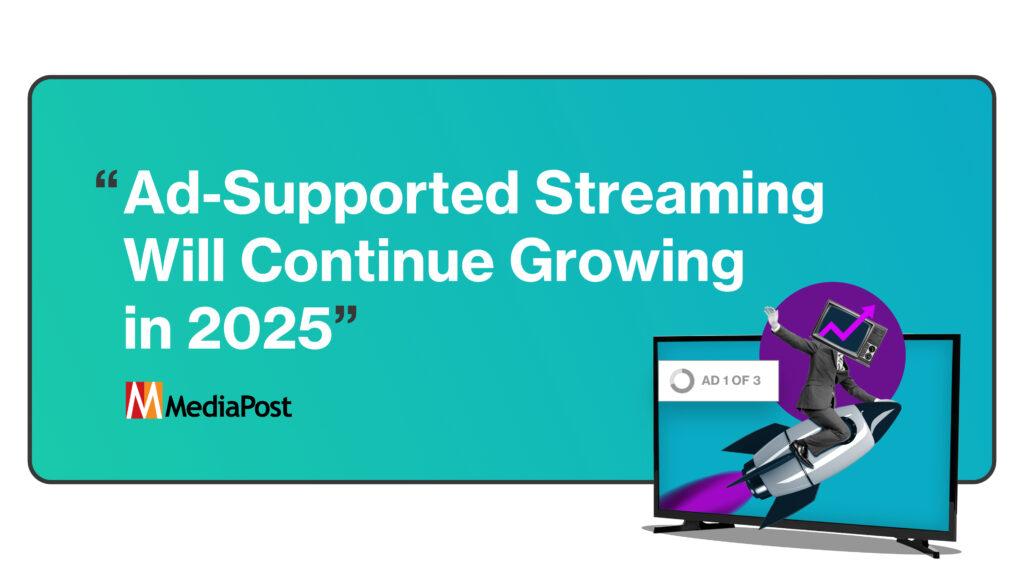In recent years, the landscape of digital entertainment has undergone a significant transformation, with streaming services emerging as dominant players in the industry. As consumer preferences shift and competition intensifies, platforms are exploring innovative ways to attract and retain viewers. One such strategy is the introduction of ad-supported streaming tiers, offering content at a reduced cost or even for free, in exchange for viewers enduring periodic advertisements. This approach raises important questions about the future of entertainment: Is this model a sustainable solution for the industry, or does it compromise the viewer experience? This article delves into the complexities of ad-supported streaming, examining its potential benefits and drawbacks, and considers whether it should be embraced as a cornerstone of future entertainment offerings.
Evaluating the Economic Impact of Ad-Supported Streaming Tiers
The introduction of ad-supported streaming tiers has sparked discussions about their economic implications for both consumers and providers. On one hand, these tiers offer a more affordable entry point for users, potentially increasing subscriber bases. This model can attract price-sensitive consumers who are willing to trade a seamless viewing experience for reduced costs. For streaming services, the inclusion of advertisements opens up new revenue streams, potentially balancing out the lower subscription fees. Companies can leverage this model to diversify their income sources, especially as competition in the streaming industry intensifies.
However, the economic benefits must be weighed against potential drawbacks. Ad-supported models may risk alienating premium users who value an uninterrupted viewing experience, leading to possible churn. Additionally, the effectiveness of these tiers largely depends on the quality and relevance of the advertisements shown. Poorly targeted ads could result in user dissatisfaction and diminished engagement. Moreover, streaming platforms must invest in robust ad technology and analytics to ensure that ad placements are both efficient and non-intrusive. Balancing these factors is crucial for maintaining a sustainable economic model that satisfies both advertisers and viewers.
Consumer Preferences and the Ad-Supported Model
In the evolving landscape of digital entertainment, understanding what consumers truly value is crucial for shaping future business models. Recent studies indicate that many consumers appreciate the flexibility that ad-supported streaming tiers offer, particularly when it comes to cost savings. For viewers who prioritize affordability, these tiers provide a viable alternative to more expensive, ad-free subscriptions. However, the acceptance of ads in exchange for lower prices isn’t universal.
- Content Variety: Consumers often weigh the breadth of available content heavily in their decision-making process. An ad-supported model that offers extensive libraries can be attractive.
- Ad Experience: The type and frequency of advertisements can significantly impact consumer satisfaction. Seamless integration and relevance of ads are key factors.
- Demographic Preferences: Younger audiences might be more receptive to ad-supported models, valuing accessibility over an uninterrupted viewing experience.
Balancing these preferences while maintaining a sustainable revenue model remains a complex challenge for streaming services. By fine-tuning the ad experience and ensuring diverse content offerings, platforms can better cater to a wider audience, potentially positioning ad-supported tiers as a cornerstone of the entertainment industry’s future.

Balancing Content Quality with Advertising Revenue
In the evolving landscape of entertainment, finding the sweet spot between delivering high-quality content and generating advertising revenue is crucial. Ad-supported streaming tiers offer a compelling solution by making premium content accessible to a broader audience while maintaining a steady income stream. However, this approach demands a careful balance to ensure that ads do not overshadow the viewing experience, potentially driving viewers away.
Key considerations include:
- User Experience: Ads should be strategically placed to minimize disruption.
- Content Integrity: Ensuring that the quality of content remains uncompromised.
- Revenue Models: Evaluating whether ad revenue can sustain production costs without sacrificing quality.
By addressing these factors, platforms can create a sustainable model that satisfies both viewers and advertisers, potentially making ad-supported tiers a viable future for the industry.

Strategic Recommendations for Implementing Ad-Supported Options
For streaming services considering the introduction of ad-supported tiers, a strategic approach is essential to ensure both user satisfaction and revenue growth. Understanding audience demographics is crucial; services must tailor ad content to align with viewer preferences, ensuring relevance and engagement. This can be achieved by leveraging data analytics to segment audiences and deliver targeted ads, thereby enhancing user experience while maximizing ad effectiveness.
- Seamless Integration: Ads should be incorporated in a way that feels natural and non-intrusive. Experimenting with different ad formats, such as short pre-rolls or interactive ads, can help maintain viewer interest.
- Transparent Communication: Clearly communicating the benefits of ad-supported options, such as lower subscription costs, can help in gaining user acceptance and reducing churn.
- Feedback Mechanisms: Implementing channels for user feedback allows for continuous improvement and adaptation of ad strategies based on viewer responses.
Additionally, forming strategic partnerships with advertisers can open avenues for innovative ad content, such as exclusive previews or interactive experiences, which can enhance viewer engagement. By focusing on these strategic elements, streaming platforms can create a balanced ecosystem that caters to diverse consumer needs while driving revenue growth.



